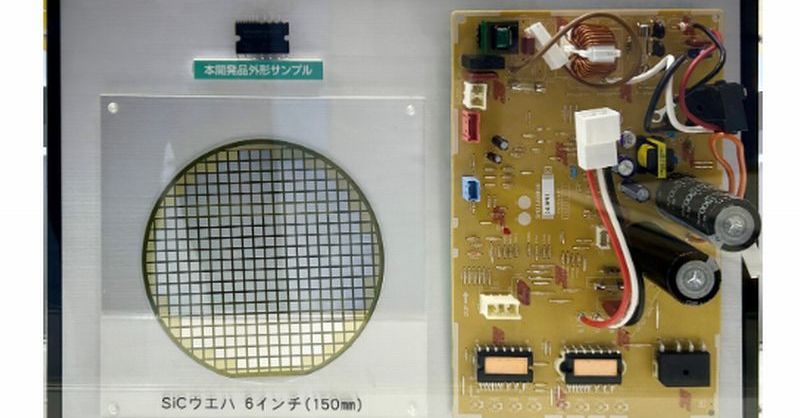SiC IPM: Revolutionizing Air Conditioning and Slashing Energy Bills
The rising cost of energy has homeowners and businesses searching for ways to reduce their consumption and lower bills. One innovative solution gaining traction is the use of Silicon Carbide Integrated Power Modules (SiC IPMs) in air conditioning systems. This technology promises significant energy savings, making it a compelling option for both residential and commercial applications. This article delves into the specifics of SiC IPMs, explaining how they contribute to lower air conditioning energy bills and what the future holds for this groundbreaking technology.
Understanding SiC IPMs and Their Impact on Efficiency
Silicon Carbide (SiC) is a wide-bandgap semiconductor material offering superior performance compared to traditional silicon-based IGBTs (Insulated Gate Bipolar Transistors) used in many power electronic systems, including air conditioners. SiC IPMs integrate several components onto a single module, simplifying design and improving efficiency. These key advantages translate directly to energy savings:
- Higher Switching Frequencies: SiC devices can switch on and off much faster than silicon-based alternatives. This allows for smaller, lighter, and more efficient power converters, ultimately reducing energy losses.
- Lower Switching Losses: The rapid switching speeds of SiC also lead to significantly lower switching losses, a major source of inefficiency in traditional air conditioning systems.
- Improved Thermal Management: SiC's inherent properties allow for better thermal management, reducing the need for bulky and energy-intensive cooling systems.
- Smaller Size and Weight: The compact nature of SiC IPMs allows for smaller and lighter air conditioning units, leading to reduced material costs and easier installation.
How SiC IPMs Lower Your Air Conditioning Bill
The combination of these benefits directly impacts your energy bill:
- Reduced Energy Consumption: By minimizing energy losses throughout the system, SiC IPMs significantly reduce the overall energy consumption of your air conditioner.
- Increased Efficiency: This translates to higher efficiency ratings (SEER and EER), meaning your air conditioner does more cooling with less energy.
- Lower Operating Costs: The lower energy consumption directly translates to lower operating costs, resulting in substantial savings over the lifespan of the unit.
- Extended Lifespan: Reduced stress on components due to lower operating temperatures can lead to a longer lifespan for the air conditioner.
The Future of SiC IPMs in Air Conditioning
The adoption of SiC IPMs in air conditioning is still in its relatively early stages, but the technology's potential is undeniable. As manufacturing scales up and costs decrease, we can expect to see wider adoption across various air conditioning applications.
Key Trends to Watch:
- Increased Market Penetration: More manufacturers are incorporating SiC IPMs into their air conditioning product lines, making them increasingly accessible to consumers.
- Further Efficiency Improvements: Ongoing research and development continue to push the boundaries of SiC technology, leading to even greater efficiency gains in the future.
- Integration with Smart Home Technologies: SiC IPMs can be integrated with smart home systems, enabling intelligent energy management and further optimization of energy consumption.
Conclusion: Embracing a More Efficient Future
SiC IPMs represent a significant leap forward in air conditioning technology. By dramatically improving efficiency and reducing energy consumption, they offer a compelling solution for lowering energy bills and contributing to a more sustainable future. As the technology matures and becomes more widely available, it promises to reshape the landscape of air conditioning, making it a greener and more cost-effective option for everyone. Learn more about energy-efficient HVAC solutions by exploring resources from organizations like [link to relevant organization, e.g., the Department of Energy].
Keywords: SiC IPM, Silicon Carbide Integrated Power Modules, air conditioning, energy efficiency, energy savings, lower energy bills, HVAC, power electronics, sustainable technology, green technology, energy consumption, SEER, EER, IGBT, wide-bandgap semiconductor.
